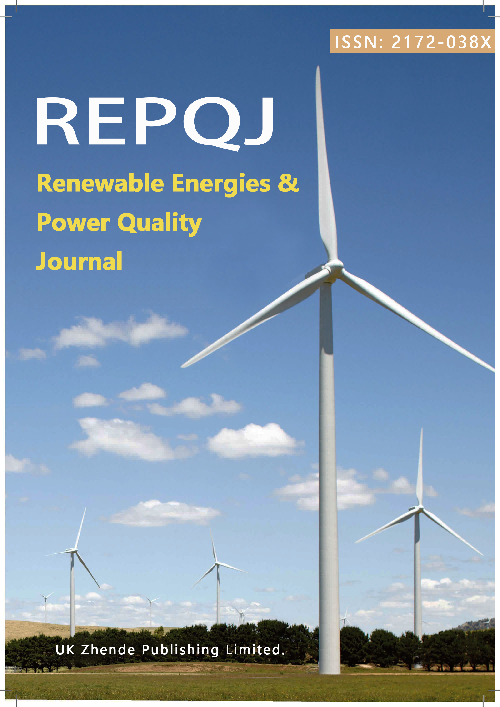Transition mechanism of an Inductive-resistive Superconducting Fault Current Limiter (IR-SFCL)
DOI:
https://doi.org/10.52152/4580Keywords:
Superconductor, Fault current limiter, SFCLAbstract
Superconducting fault current limiters (SFCL) are protective devices that limit the current in power lines when it suddenly increases above a certain safe level as a consequence of a fault. This element is connected in series with the line and has a null impedance when the line current is below the safe value (limit current) but significative increase the impedance when the line current tries to surpass this value. The variance of impedance is only due to the internal state of superconductors, without the participation of any mechanical element. Obviously, there are not any similar elements manufactured with conventional technology.
There are two basic types of SFCL: those that present a resistive impedance (R-SFCL) after transition, and those which present an inductive impedance (I-SFCL). The authors are working on an SFCL concept that includes both mechanisms operating interactively.
In this work, the combined transition mechanism is explained, the prototype under study is presented, and some theoretical and experimental results are shown
Downloads
Published
Issue
Section
License
Copyright (c) 2025 Pilar Suárez, Belén Rivera, Alfredo Álvarez, Belén Pérez (Author)

This work is licensed under a Creative Commons Attribution 4.0 International License.











